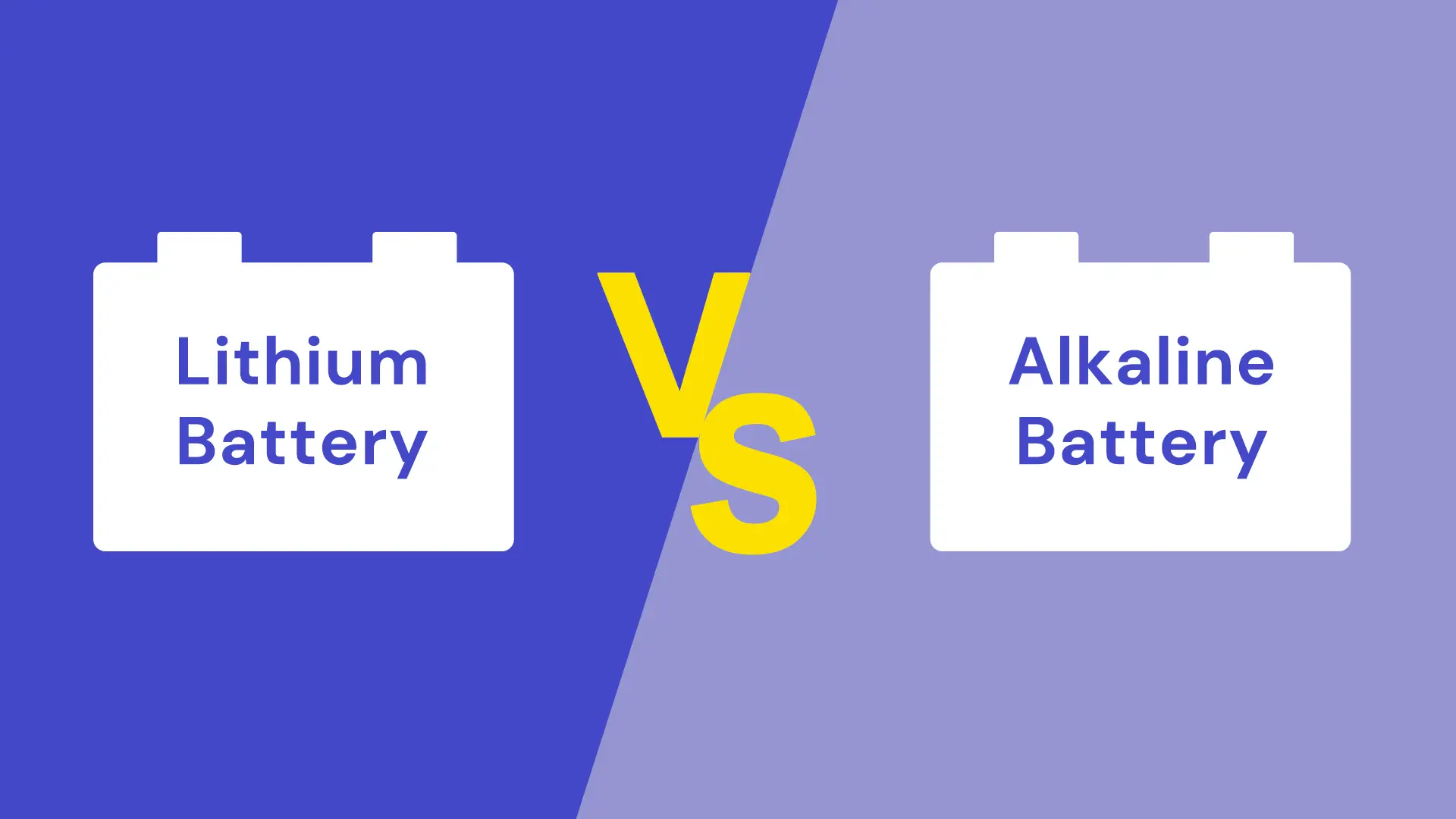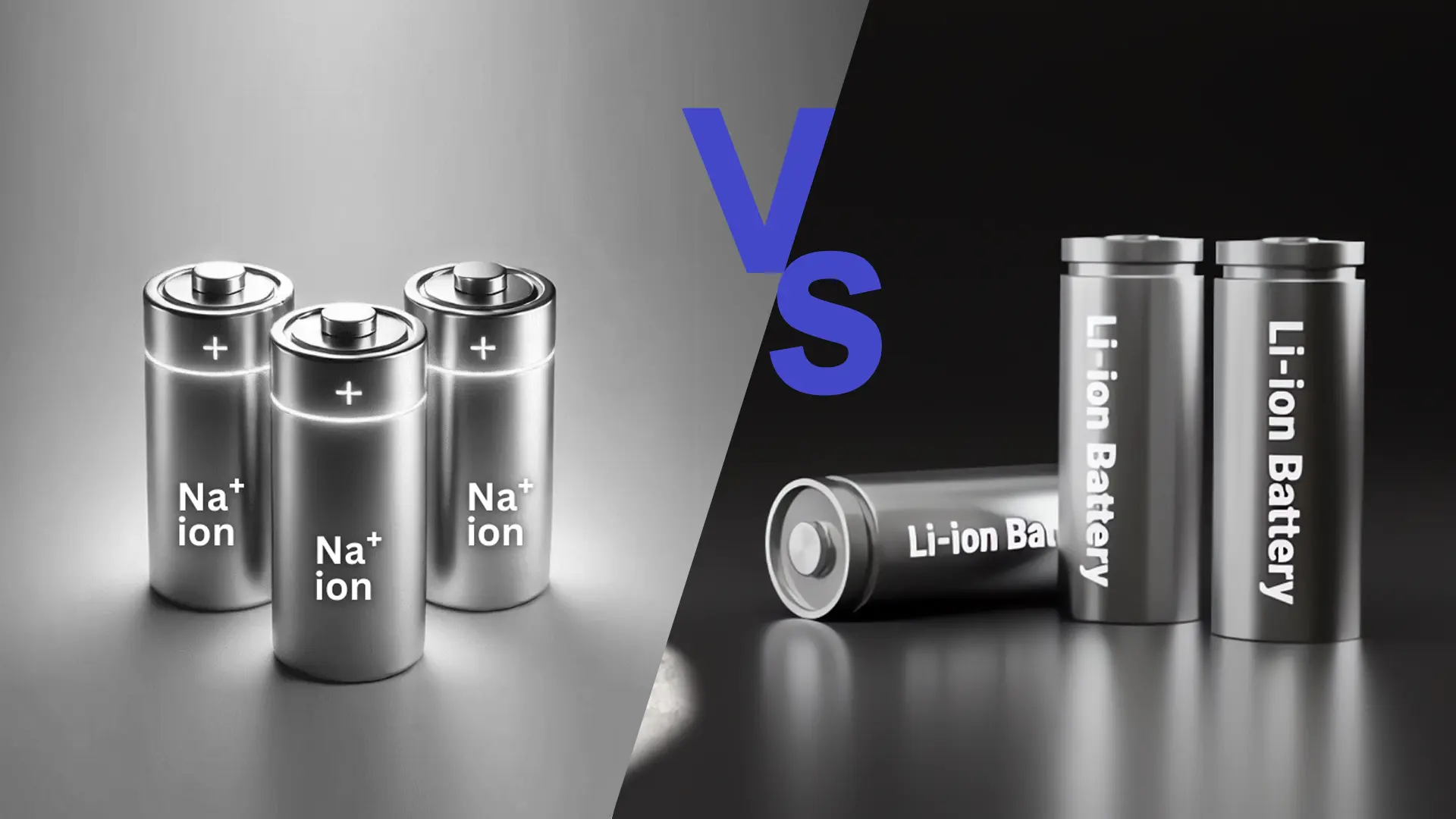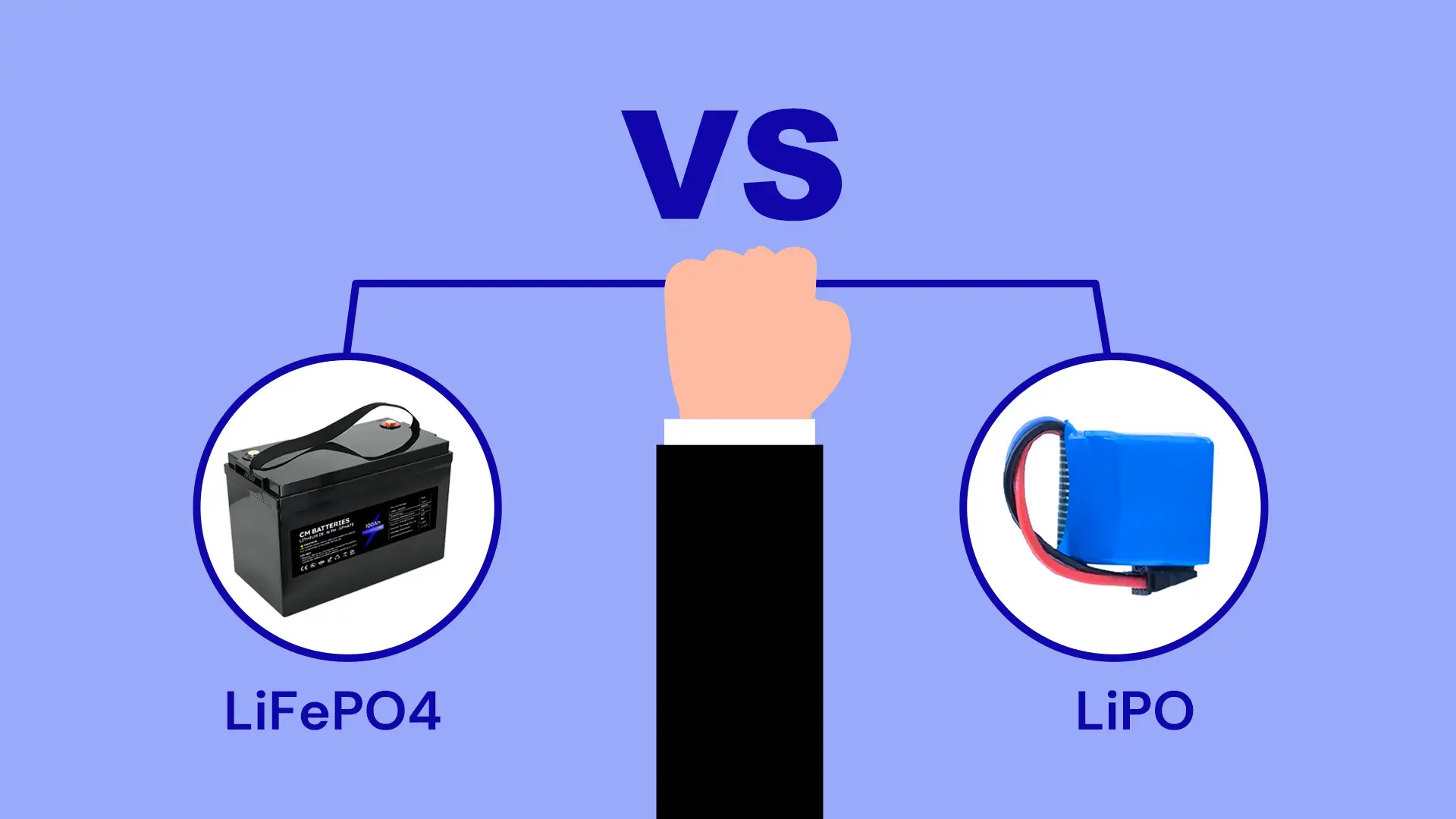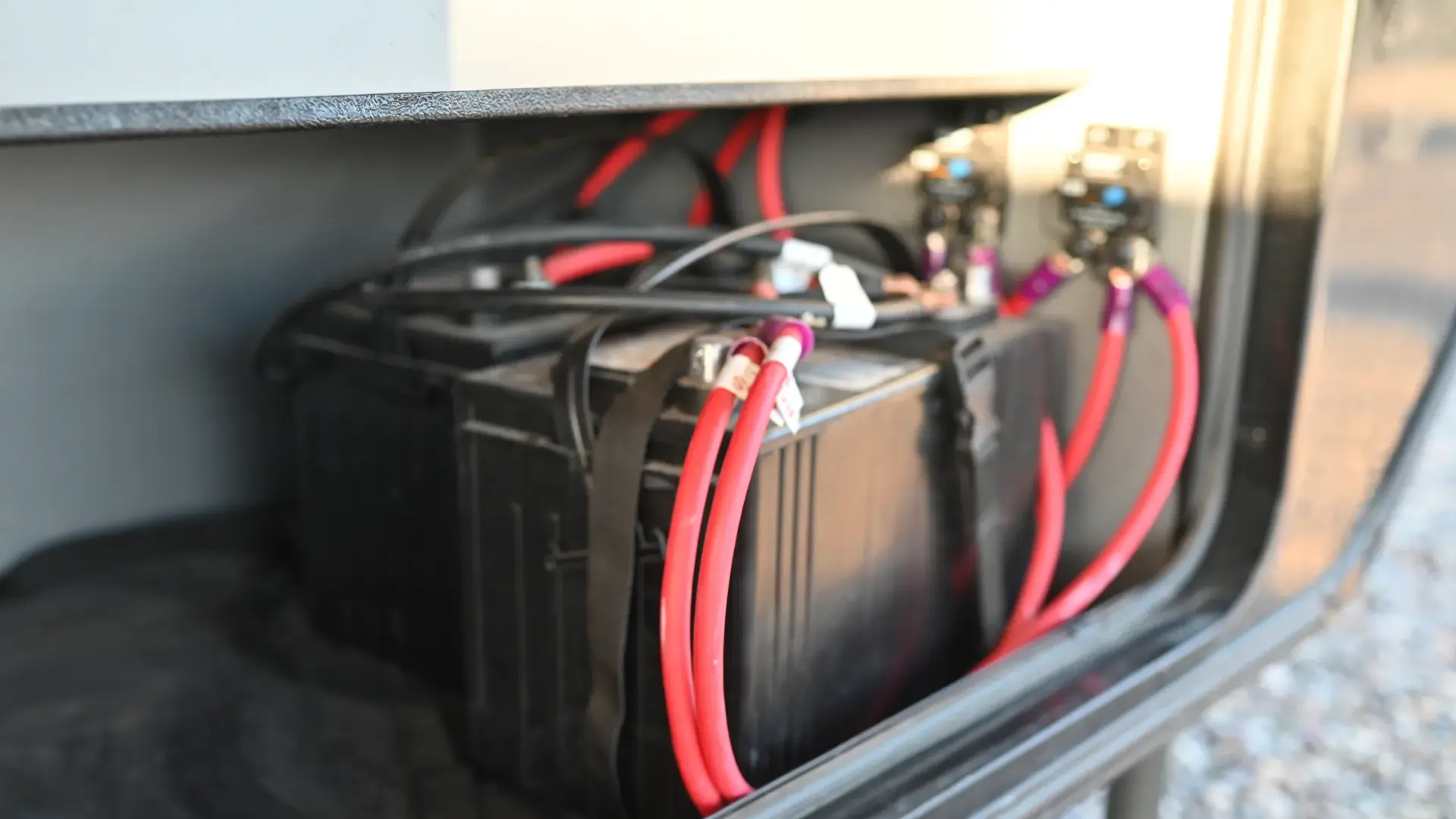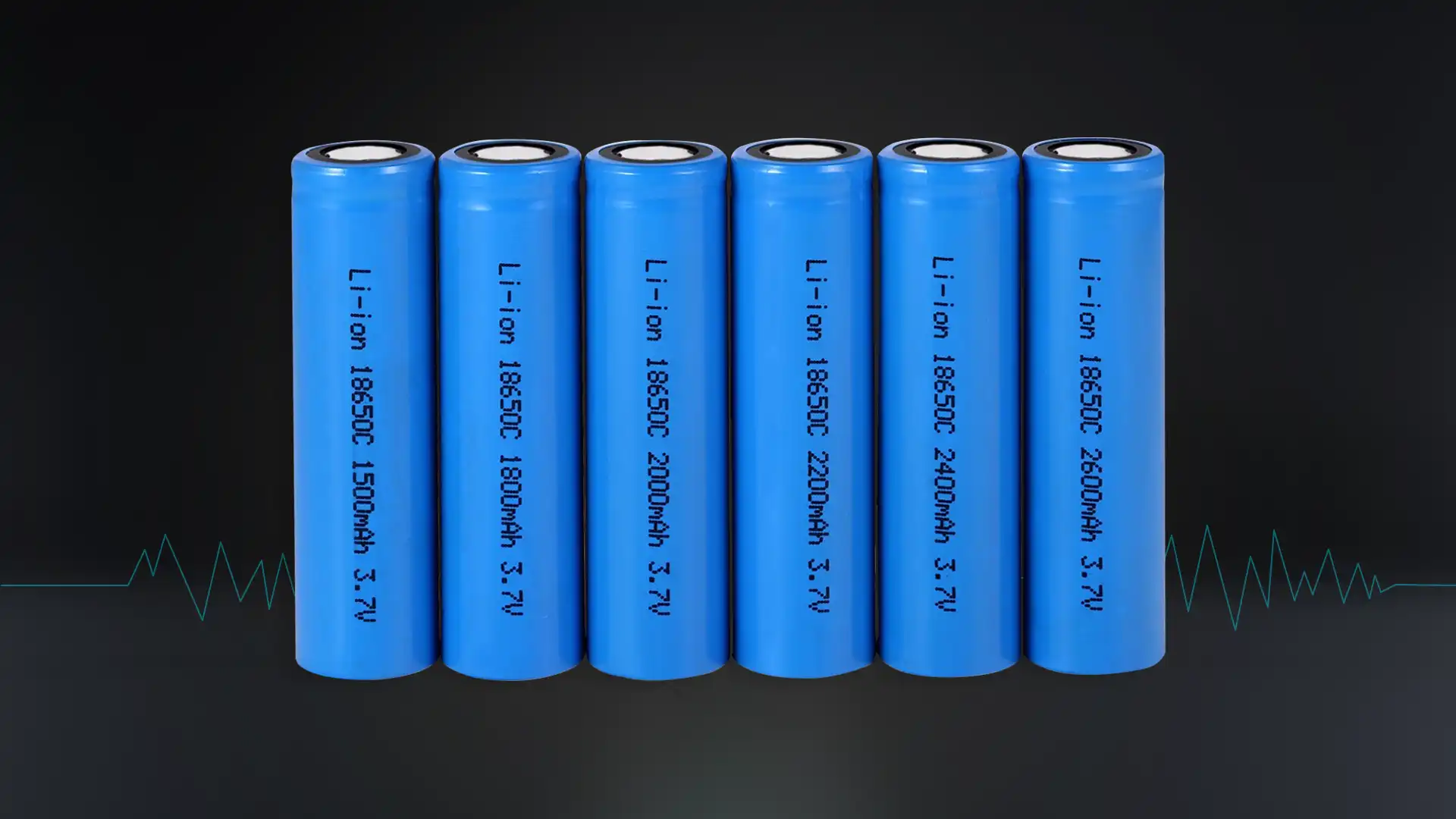Amp hours (Ah) is the unit for battery charge capacity; it represents the amount of electric charge passing through a current of 1 ampere in 1 hour. Watt-hours (Wh) is a unit of energy equivalent to the battery that represents the energy consumed by 1 watt of power in 1 hour. For this reason, people often rely on watt-hours (Wh) to determine the available power in batteries for various devices.
Understanding these two fundamental battery measurements forms the critical foundation for choosing the right power solution, whether for your RV or medical devices. Despite their importance, many users struggle to distinguish between these terms in practical applications. In this comprehensive guide, we’ll clarify the key differences, explain the essential calculations, and explore real-world applications of watt-hours (Wh) and amp-hours (Ah) to empower your decision-making.
Amp Hours VS. Watt Hours Explained
Amp-hours (Ah) and watt-hours (Wh) are both critical battery specifications, though they represent fundamentally different electrical properties.
Amp Hours Definition
When talking about small batteries, like those in small electronics or standard LiPo batteries, the amp-hour number is usually given in milli-amp hours, or mAh. And large batteries are generally measured in Ah.
It is common to see some deep cycle LiFePO4 batteries stating the Ah rating at multiple C ratings. The C rating indicates how many amp-hours the battery can provide over a certain period. Check out more information in this article talking about the C rating.
Amp hour (Ah) is how long a battery can discharge at a constant current (1 Ah = 3600 coulombs). For example, you would discharge a 6000 mAh battery at 600 mA for 10 hours.
Therefore, ampere-hour (Ah) is the core unit of battery capacity, measuring its charge storage and delivery. It directly relates to discharge time, energy, and functional performance.
Watt Hours Definition
Watt-hour (Wh) is a unit of energy calculated by multiplying power (watts, W) by time (hours, h). It represents the total energy consumed or supplied: the higher the power draw or the longer the duration, the greater the energy usage in watt-hours.
For example, a cell phone battery marked 20Wh means it can power a device for 1 hour at 20 watts, or a 10-watt device for 2 hours.
Watt-hours (Wh) have become the preferred metric for evaluating battery runtime in electrical systems. This measurement is valuable for assessing operational duration in applications like electric vehicles, where it directly correlates to driving range. Unlike amp-hours (Ah), watt-hours account for voltage fluctuations during discharge, providing a more precise representation of the actual usable energy stored in a battery.
Amp Hours VS. Watt Hours Calculator
Amp hours (Ah) are a way of describing the power capacity of a battery, like measuring the volume of a reservoir, like a lake. In the same way that a watt-hour (Wh) indicates the energy stored in a battery, it can be likened to the useful energy in a dam or a reservoir.
The usable energy is based on the amount of charge (Ah) times the voltage (V) of the battery (functioning as the dam height). The greater the voltage, or the greater the dam, the more usable stored energy (Wh) is available for the same amount of available charge.
If you are trying to figure out the total charge, watt-hours are easily converted to amp-hours:
Amp hours (Ah) = Watt hours (Wh) / Volts (V).
For example, a snail lamp that is 74 Wh 3.7 Volt could supply 74 watt hours of energy. To determine how many amp hours the electric lamp could produce, you would divide 74 watt hours / 3.7 volts. This shows there are about 20 amp hours.
Another method to quantify the energy involvement of a battery is to have both a bank of charged quantity and watts. If we want to convert watt-hours to ampere-hours, we need to go through these steps:
Watt hours (Wh) = Amp hour (Ah) x Volts (V)
This calculation gives you the total energy capacity and gives context to the work done by a battery.
For example, to calculate total energy from a 60V and 20Ah ebike battery, you would calculate 20Ah x 60v=1200Wh.
Knowing this allows you to get a better estimate of the power consumption for a full charge of the vehicle.
Amp hours VS Watt hours: Which Unit Fits Your Needs?
The choice between ampere-hours (Ah) and watt-hours (Wh) as the primary unit of measurement depends entirely on the specific application.
- Consumer Electronics (Smartphones, Laptops, Drones): Use watt-hours (Wh) for accurate comparison. When the wide voltage range (3.8V-11.1V) across devices, it is easy to account for voltage differences in runtime calculations.
- Fixed-Voltage Systems (E-Bikes, RVs): Ampere-hours (Ah) is typically sufficient. The standard voltages are 48V or 60V systems, which can simplify runtime estimation at constant voltage
- Energy Storage Systems: The standard unit is Kilowatt-hours (kWh). And the scales are appropriate for large-capacity systems.
All battery systems experience approximately 20% capacity degradation due to three key factors: temperature, discharge rate, and aging.
Ampere-hours (Ah) and watt-hours (Wh) represent two fundamental but distinct measures of battery capacity:
- Ah quantifies electrical charge capacity, meaning the total amount of charge a battery can deliver.
- Wh measures energy capacity, representing the total usable energy stored.
These units are related through the simple equation: Wh = Ah × Voltage (V)
When selecting batteries, understanding these differences is critical because:
- Ah matters most for fixed-voltage systems
- Wh enables comparison across different voltage systems
- Proper interpretation ensures optimal power solution selection
Amp hours VS. Watt hours FAQs
How many watt-hours is 100Ah?
It depends on the battery voltage.
- For a 12V battery: 12V × 100Ah = 1,200Wh.
- For a 24V battery: 24V × 100Ah = 2,400Wh.
How many amp-hours (Ah) is 1000 watts?
It depends on voltage and time.
For a 12V system: 1000W/12V=83.33A. If used for 1 hour, that’s 83.33Ah.
For a 24V system: 1000W/24V=41.67A/per hour.
What does 150Ah mean on a battery?
It means the battery can supply 150A for 1 hour, 75A for 2 hours, etc., at its rated voltage.
To find watt-hours (Wh), multiply by voltage:
- 12V × 150Ah = 1,800Wh
- 24V × 150Ah = 3,600Wh
What is the difference between amp hours (Ah) and kilowatt-hours (kWh)?
- Ah (Amp-hours) measures current capacity over time.
- kWh (Kilowatt-hours) measures total energy (voltage × Ah ÷ 1,000).
Example: A 12V 100Ah battery = 1.2kWh(12V×100Ah=1200Wh=1.2kWh)
How do voltage (V) and watt-hours (Wh) relate to one another?
Watt-hours are calculated by multiplying voltage, current, and time. The formula is: Wh = V × A × h.
What is the connection between watt-hours and current?
The formula Wh = A × V × h shows that watt-hours depend on current, voltage, and time.
What are amp-hour (Ah) and watt-hour (Wh) efficiency?
Efficiency refers to how much energy is lost during charging and discharging.
- Lead-acid batteries: ~80-85% efficient (lose 15-20% energy).
- Lithium batteries: ~95-98% efficient (minimal energy loss).
How Many Watt Hours Equal One Amp-Hour?
One watt-hour is not equal to one amp-hour. They are different units of measurement.

